Search
Search Results
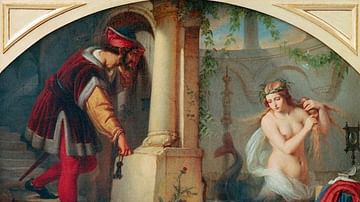
Definition
Melusine
Melusine (pronounced Mel-ew-seen, also given as Melusina) is a legendary figure from European folklore depicted as a mermaid, sometimes with two tails, as a serpent from the waist down, or as a dragon. She is associated with the ruling houses...
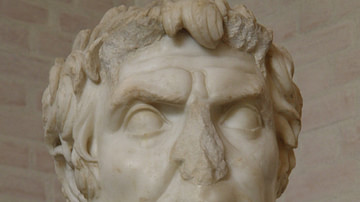
Article
Sulla's March on Rome
In 88 BCE, Lucius Cornelius Sulla (138-78 BCE) marched on Rome and entered the city's sacred inner boundary, the pomerium, bearing arms. Breaking this taboo, he sought to gain political power and control of the army of the East that had been...
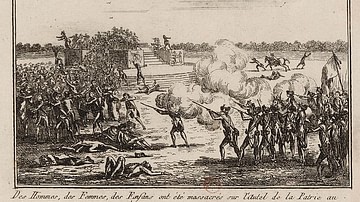
Definition
Champ de Mars Massacre
The Champ de Mars Massacre was an incident that took place on 17 July 1791, when soldiers of the National Guard under the Marquis de Lafayette opened fire on a crowd of demonstrators, who were calling for a referendum on the king's abdication...
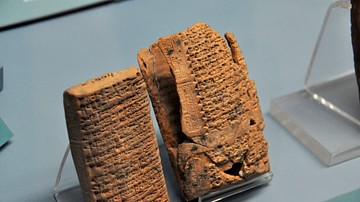
Article
Poor Man of Nippur
The Poor Man of Nippur (c. 701 BCE) is a Babylonian poem on the themes of the obligations of hospitality and revenge for an undeserved injury. A poor man of the city of Nippur feels mistreated when he visits the mayor and then goes to great...
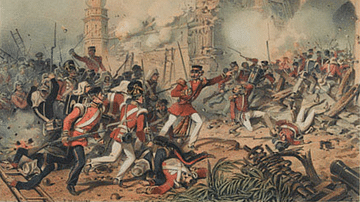
Definition
Sepoy Mutiny
The 1857-8 Sepoy Mutiny (aka Sepoy Rebellion, Indian Mutiny, The Uprising or First Indian War of Independence) was a failed rebellion against the rule of the British East India Company (EIC) in India. Initially a mutiny of the Indian soldiers...
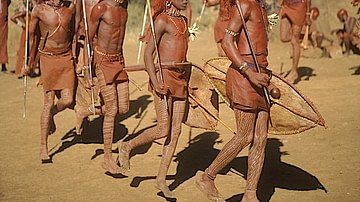
Definition
Maasai People
The Maasai (or Masai) people are an East African tribe who today principally occupy the territory of southern Kenya and northern Tanzania, and who speak the language of the same name. The Nilo-Saharan Maasai migrated southwards to that region...
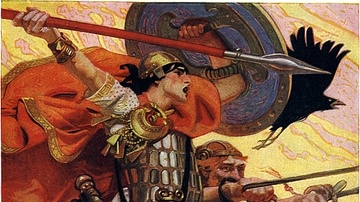
Definition
Cú Chulainn
Cú Chulainn (pron. Koo-kul-in), also Cúchulainn, is one of the greatest heroes of Irish-Celtic mythology, particularly the Ulster Cycle. The son of another cultural hero-figure, Lugh, Cú Chulainn is a mighty warrior whose weapon is Gáe Bolga...
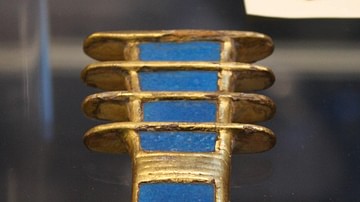
Definition
Djed
The djed is an ancient Egyptian symbol for stability which features prominently in Egyptian art and architecture throughout the country's history. `Stability' should be understood to mean not only a firm footing but immutability and permanance...
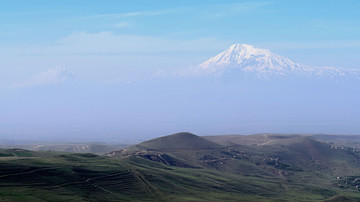
Definition
Mount Ararat
Mount Ararat (Armenian: Masis; Turkish: Ağrı Dağı; Kurdish: Çiyaye Agiri; Azeri: Ağrıdağ; Persian: Kūh-e Nūḥ) is a dormant, compound volcanic mountain, consisting of two ancient volcanic peaks, located in present-day eastern Turkey...
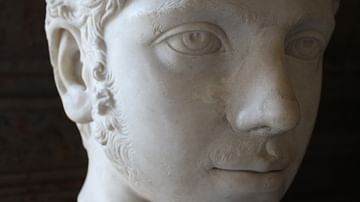
Definition
Elagabalus
Elgabalus was Roman emperor from 218 to 222 CE. Having failed to keep many of his promises to the army, Roman Emperor Macrinus (217 – 218 CE) was becoming increasingly unpopular, and it would only take a little lie from a young boy's...